Results for {phrase} ({results_count} of {results_count_total})
Displaying {results_count} results of {results_count_total}
For chemicals, please browse our full range – click here.
For Water Quality Meters and Accessories, Shop our dedicated Water Quality Store
Turbidity meters are instruments used to measure how clear or cloudy a liquid is. That cloudiness, called turbidity, is caused by tiny particles floating in the water that you sometimes can’t see with the naked eye. These meters are used in a wide range of applications, from testing drinking water and monitoring rivers and lakes to managing industrial and wastewater systems.
They work by shining light through the water and measuring how much of it gets scattered by the particles. The more scattering, the cloudier the water. The results are usually given in NTU (Nephelometric Turbidity Units). This is a standard unit for measuring turbidity.
Turbidity meters come in different types depending on your needs. Portable handheld devices for fieldwork. Benchtop models for labs, and even systems designed for continuous monitoring in real-time.
When choosing a turbidity meter, think about what you’ll use it for. How precise it needs to be, how easy it is to calibrate, whether it stores data, and if it meets industry standards like EPA or ISO.
A good turbidity meter is a must-have for getting clear, accurate results.
Showing all 8 results
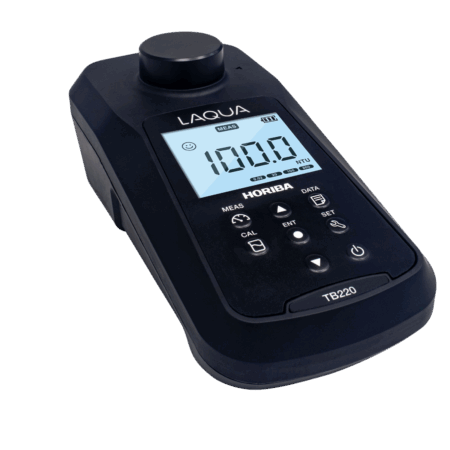
Auto range up to 2000 NTU, ISO 7027 and DIN EN 27027 Includes silicone oil, cleaning cloth, solutions…
$1,695.00 ex GST Add to cart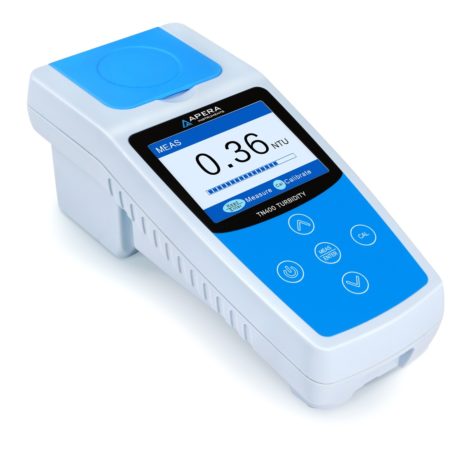
ISO 7027 Compliant – Includes carry case and calibration solution Usually Stocked
$1,410.00 ex GST Add to cart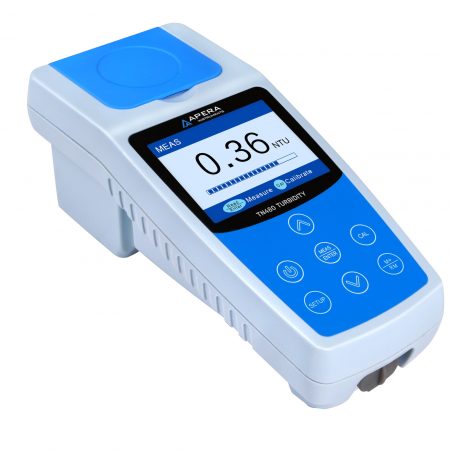
ISO 7027 Compliant – Includes carry case and calibration solutions, GLP Data Logger and TruRead Mode Stock Due…
$1,970.00 ex GST Add to cart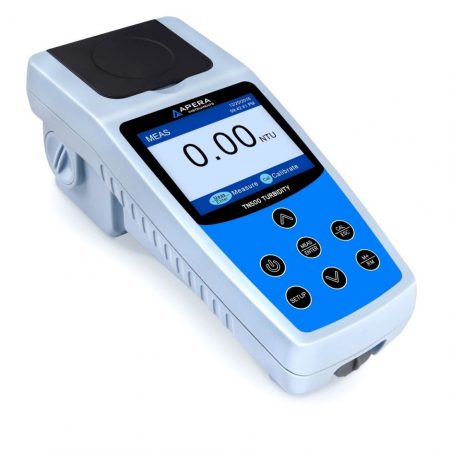
USEPA 180.1 Compliant – Includes carry case and calibration solutions, with GLP Data Logger and TruRead Mode Usually…
$2,085.00 ex GST Add to cart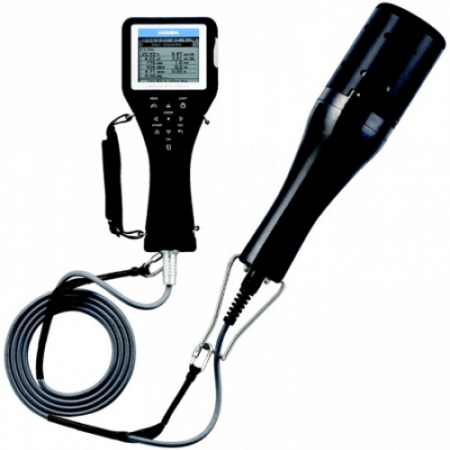
pH, DO, Turbidity, Conductivity, Salinity, TDS, Seawater SG, ORP & Temp. Complete kit with all sensors and backpack…
$6,412.00 ex GST Add to cart
pH, DO, Turbidity, Conductivity, Salinity, TDS, Seawater SG, ORP & Temp. Complete kit with all sensors and backpack…
$6,893.00 ex GST Add to cart
pH, DO, Turbidity, Conductivity, Salinity, TDS, Seawater SG, ORP, Water Depth, GPS & Temp. Complete kit with all…
$7,195.00 ex GST Add to cart
pH, DO, Turbidity, Conductivity, Salinity, TDS, Seawater SG, ORP, Water Depth, GPS & Temp. Complete kit with all…
$7,636.00 ex GST Add to cart